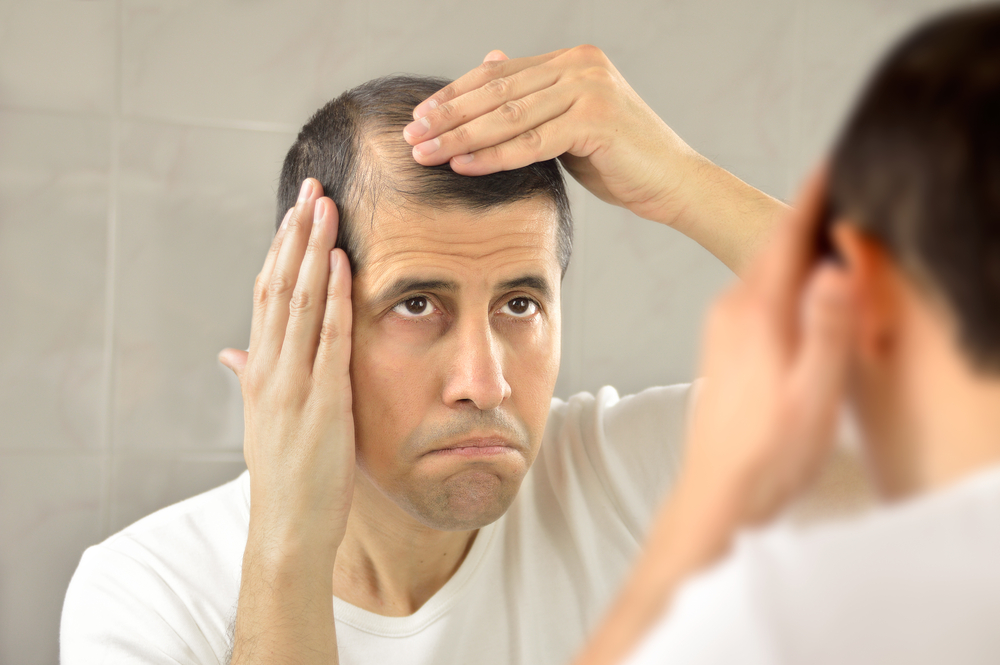PRP For Hair Loss: Treatment Info

You might have heard how Platelet Rich Plasma can be used not only for skin rejuvenation treatments, but also as a great method for reversing hair loss when traditional methods don’t work.
But if you’re looking into this treatment option for your hair loss, you might want to know the actual mechanisms behind the product.
Growth Factors and Signalling
Essentially, your blood is made of two things. There’s red blood cells, and then there’s plasma. Plasma, meanwhile, is divided up into white blood cells and platelets.
Platelets are filled with growth factors. And that’s why they’re what helps clot up your blood when you get an injury. But these growth factors aren’t just good for clotting up blood. They’re made to signal many processes in the body, primarily in the skin.
The good news is that these signals happen to work on the hair too. Many of the compounds necessary to start signalling are shared in common with the hair, to put it into the growth phase–also known as the anagen phase.
How’s the Treatment Actually Work?
The first part of any use of Platelet Rich Plasma is to separate the plasma out from the blood. This is typically done using a centrifuge.
In the case of PRP as hair loss treatment, the extracted plasma is injected into the scalp. The procedure isn’t long, taking about thirty minutes.
If you’re an individual experiencing hair loss, you might be a good candidate for PRP. In the case that hair loss is caused by hormonal upsets, PRP may not be the treatment for you, and the individual is advised to restore their hormonal balance as the main method of reversing hair loss.
PRP injections for hair loss have little to no downtime.
Want to know more? Call Cosmetic Dermatology Center for more options.